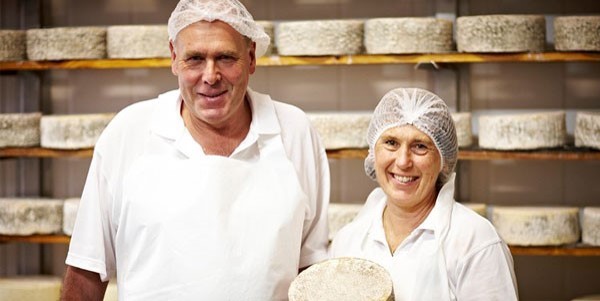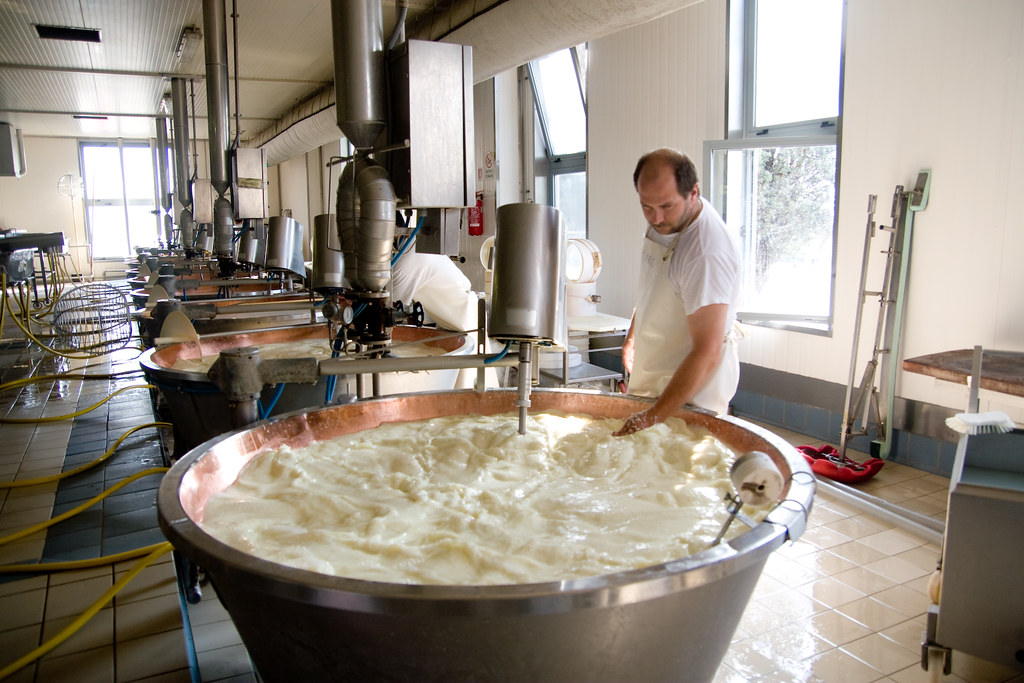Unlocking the Secrets of Artisanal Cheese Making: A Step-by-Step DIY Overview
In the realm of cooking workmanship, artisanal cheese making stands as a testimony to the fragile equilibrium in between tradition and development. As we get started on this journey to demystify the art of producing charming cheeses, we are encountered with a tapestry of skills and tricks waiting to be deciphered.
Selecting the Right Milk
When getting started on the trip of artisanal cheese making, the choice of milk plays a critical duty in figuring out the high quality and qualities of the last product. The type of milk chosen influences the flavor, appearance, and on the whole account of the cheese.
In addition, the source of the milk, whether from cows, goats, sheep, or buffalo, contributes distinctive flavors and features to the cheese. Each kind of milk brings its own nuances, enabling for a wide variety of cheese ranges to be crafted based on the selected milk.
Culturing and Coagulating
To initiate the cheese-making procedure, the crucial actions of culturing and coagulating must be carefully implemented to change milk into curds and whey. Culturing includes presenting advantageous germs to the milk, which after that starts the fermentation process. These microorganisms convert lactose (milk sugar) into lactic acid, creating the acidic setting needed for coagulation. The kind of society made use of can significantly influence the taste, structure, and ripening of the final cheese product.

The timing and temperature control throughout culturing and coagulation are critical elements that affect the final end result of celebrity. Proper execution of these steps is essential to ensure the desired structure, taste, and consistency of the artisanal cheese being produced.
Draining and Pressing Curds
After the milk proteins have coagulated and the curds have actually been reduced to release whey, the following vital action in artisanal cheese making entails draining and pressing the curds to accomplish the desired texture and uniformity of the final cheese product. Draining pipes is the procedure of separating the curds from the whey. This can be done by transferring the curds right into a cheesecloth-lined bowl-shaped sieve or mold and mildew and allowing the whey to drain pipes off normally. The moment for draining can vary depending on the kind of cheese being made and the preferred moisture web content.
Pressing aids eliminate any kind of staying whey and compacts the curds to create a strong cheese wheel. Correct pressing and draining pipes are crucial steps that significantly impact the high quality and attributes of the artisanal cheese being created.
Aging and Flavor Techniques
Carrying out precise aging and flavoring strategies is pivotal in boosting the depth and complexity of artisanal cheeses, elevating their preference accounts to beautiful levels of improvement and class. Aging plays a critical role in developing the special tastes and appearances that differentiate artisanal cheeses. During the aging procedure, cheeses are saved in very carefully managed atmospheres i thought about this where elements such as temperature level, moisture, and airflow are adjusted to urge the growth of useful molds and bacteria. This controlled atmosphere allows the cheese to develop slowly, developing rich flavors and complex scents.
Flavoring methods likewise add significantly to the final preference of artisanal cheeses. Cheesemakers may pick to introduce additional tastes by incorporating active ingredients such as natural herbs, flavors, and even fruits into celebrity during the manufacturing procedure. Additionally, some cheeses are washed or massaged with various liquids, such as brine or alcohol, to enhance their tastes and appearances.
Wrapping and Storing Cheeses

Conclusion
To conclude, mastering the art of artisanal cheese making includes very carefully picking the best milk, adhering to accurate culturing and coagulating directory processes, draining pipes and pushing curds efficiently, and utilizing various aging and flavor strategies. By following these steps faithfully and with attention to information, you can create your own scrumptious and special cheeses in your home. Remember to wrap and keep your cheeses correctly to guarantee optimal taste and texture advancement. view it Pleased cheese making!
Each type of milk brings its own nuances, allowing for a wide array of cheese ranges to be crafted based on the selected milk.After the milk proteins have actually coagulated and the curds have actually been cut to release whey, the following crucial action in artisanal cheese making includes draining and pressing the curds to achieve the desired structure and uniformity of the last cheese product. The majority of cheeses ought to be wrapped in wax paper or cheese paper to allow them to breathe while shielding them from drying out. For cheeses that require to proceed aging, such as bloomy skins or washed skins, guarantee they are kept in an amazing environment like a cheese cave or a fridge set to the ideal temperature level. By paying attention to the covering and storage space of artisanal cheeses, cheese makers and enthusiasts can preserve the stability of these specials and totally appreciate their complicated flavors.